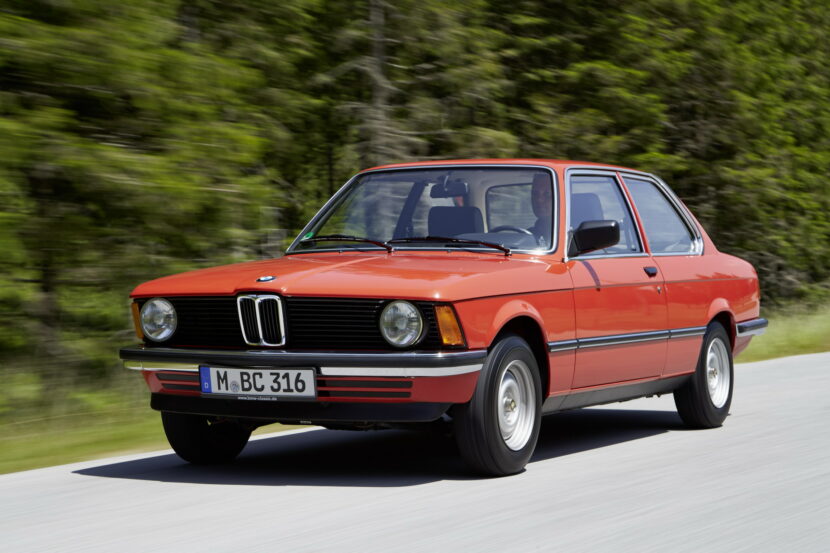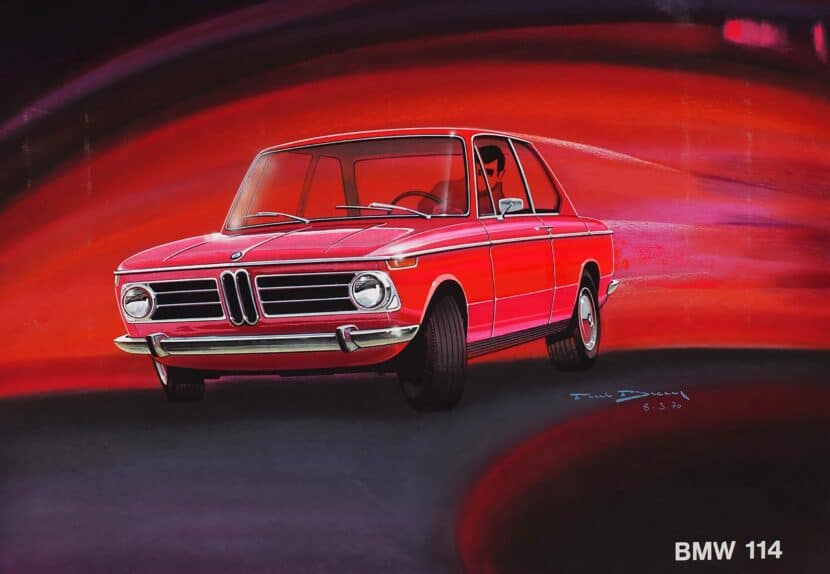How the First BMW 3 Series Almost Became a Hatchback


Over the last decades, the BMW 3 Series has become synonymous with compact luxury sedans, embodying the brand’s essence of performance and refinement. However, its debut as the E21 model in 1975 tells a fascinating story of what might have been—a tale of bold design choices, pivotal decisions, and a journey from hatchback concept to legendary sedan. According to the fantastic set of books BMW Behind The Scenes by Steve Saxty (used code BMWBLOG30 for 10% OFF), the history of the 3 Series could have been different.
In the early 1970s, BMW was redefining its lineup. The iconic 2002 model was nearing the end of its life cycle, and BMW sought to create a successor that would elevate the brand’s compact offering. The new car, codenamed “E21,” would bridge the gap between the 2002 and the larger, more luxurious E12 5 Series. At this point, the “3 Series” nameplate didn’t even exist, and BMW’s designers had a blank slate to shape a vehicle that would set the standard for the brand’s future.
Paul Bracq’s Arrival and a Hatchback Beginning


In 1970, renowned French designer Paul Bracq joined BMW as the head of design. Bracq arrived just as the E21 project was gaining momentum. Early design studies, including proposals from the Italian design house Bertone, and also Bracq’s team, explored various shapes and configurations. One such concept envisioned the E21 as a hatchback, taking inspiration from the touring variant of the 2002.
The idea of a hatchback was not far-fetched. Hatchbacks were gaining popularity in Europe for their practicality and modern appeal. BMW’s vision for the E21 was to create a larger, more premium vehicle while retaining the sporty DNA of the 2002. The hatchback design seemed to align with these goals.
The Intervention of Bob Lutz
Enter Bob Lutz, BMW’s head of sales and marketing at the time. Lutz, an American automotive visionary, recognized the potential of the E21 but was not sold on the hatchback concept. He believed that the both the German and North American market—critical to BMW’s global success—favored sedans with larger trunk space over the hatchback’s practicality.
Lutz pushed for a traditional three-box design, urging Paul Bracq and his small team to craft a more traditional sedan shape. This decision led to the birth of the E21 as a two-door sedan (often described as a coupé). Bracq’s team finalized the design, delivering a sleek and balanced silhouette that set the tone for future generations of the 3 Series.
A Legacy Forged
While the hatchback concept never made it to production, its influence on the E21 design process remains an intriguing “what if” in BMW’s history. The decision to prioritize a sedan shape, guided by Bob Lutz’s vision and Paul Bracq’s design expertise, proved pivotal. The E21 set the stage for the 3 Series’ evolution into a global icon, blending sportiness, luxury, and practicality in a way that continues to define the brand today.
First published by https://www.bmwblog.com
Source: BMW BLOG
Recent Posts
The EU is betraying its citizens and weakening privacy for political gain
Maybe Apple will never fully walk away from Europe, but the European Commission has just…
Warner Bros.’ Shelved Coyote vs. Acme Feature May Get a Second Chance
A new report says Ketchup Entertainment, which picked up The Day the Earth Blew Up:…
Used Car of the Day: 1968 Ford Mustang
We're staying old school today with this 1968 Ford Mustang. This one has had the…
Trump Threatens to Defund the NYC Subway
Transportation Secretary Sean Duffy is demanding a "safety plan" from the city.
Apple will launch new ‘homeOS’ this year, here’s what’s coming
Apple has a big software year ahead, with major redesigns coming to iOS 19, macOS…
Elon Musk Is Joining Microsoft in $30 Billion Data Center Project
The biggest backer of OpenAI, Microsoft is now building its own AI models and teaming…